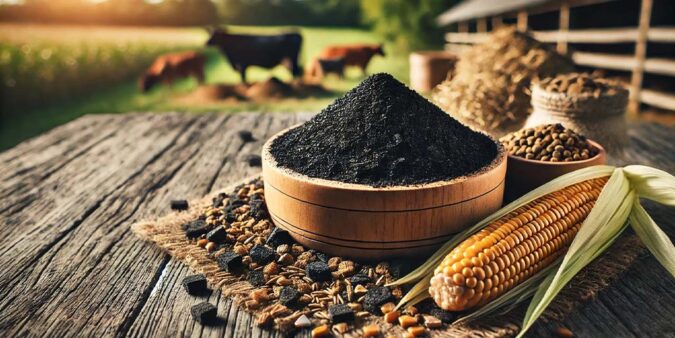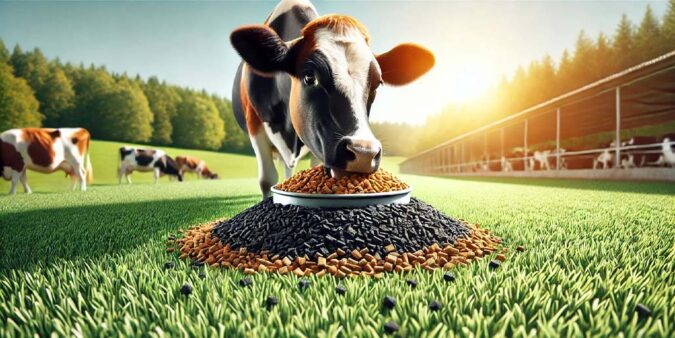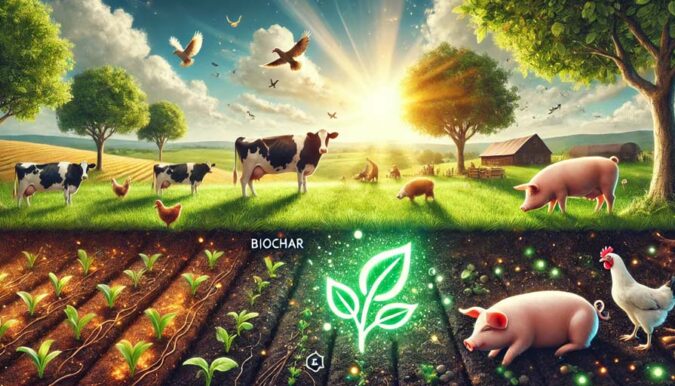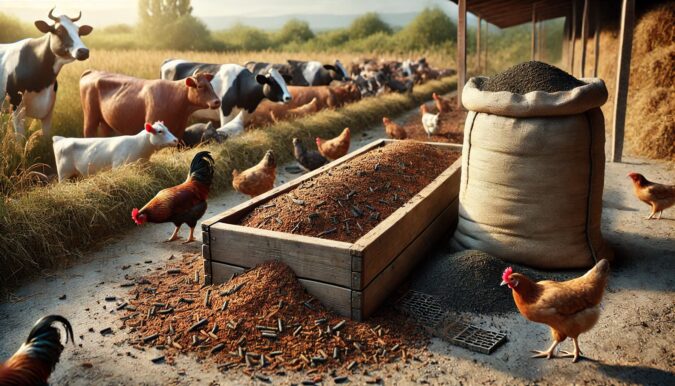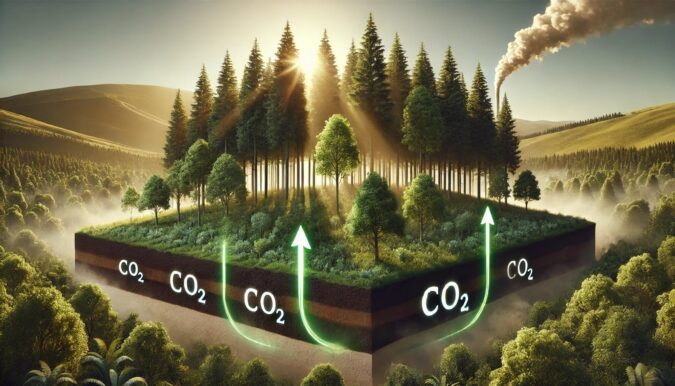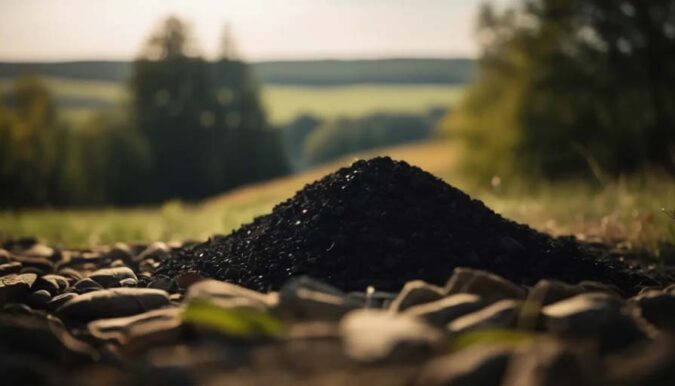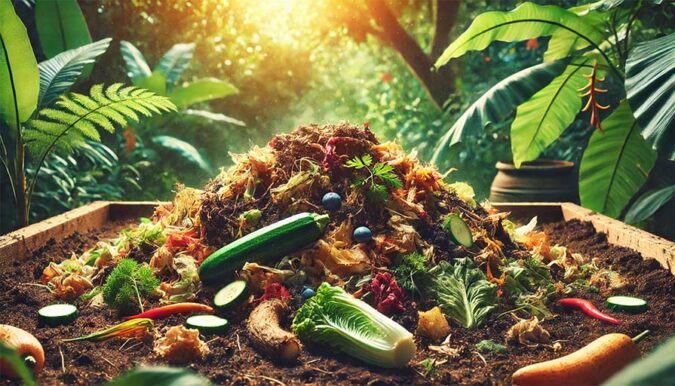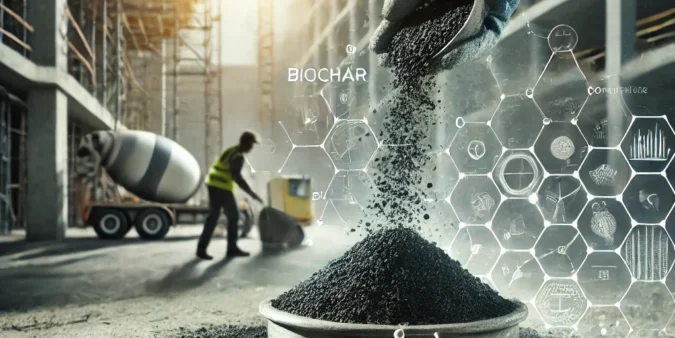Can I mix biochar with other feed additives
Biochar can be mixed with other feed additives to enhance its benefits and address specific nutritional needs of livestock. Here are some considerations and examples of how biochar can be combined with other additives: Probiotics Combination Benefits: Mixing biochar with probiotics can enhance gut health by providing a habitat for beneficial microbes and improving microbial…

